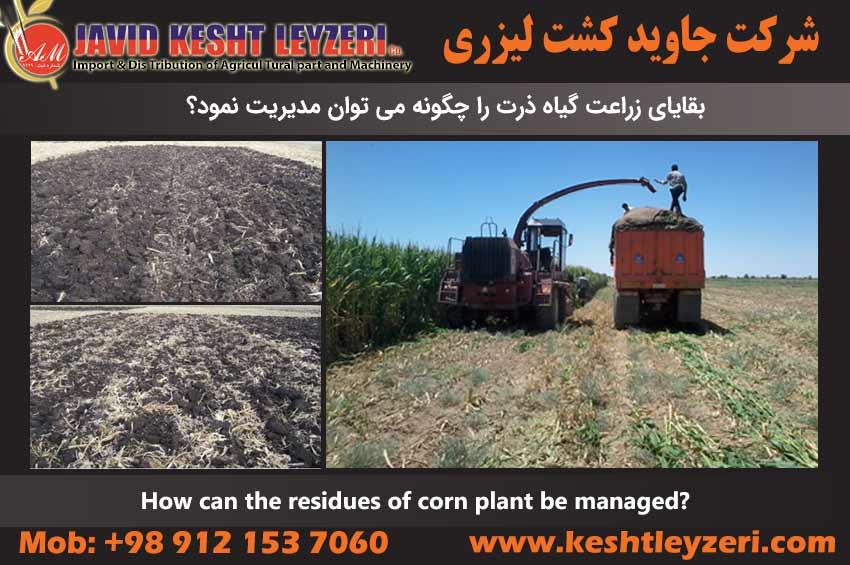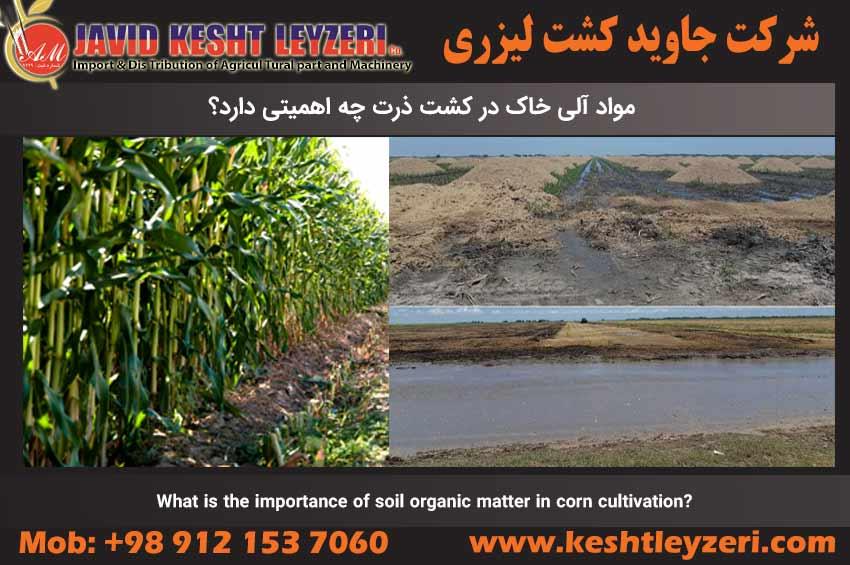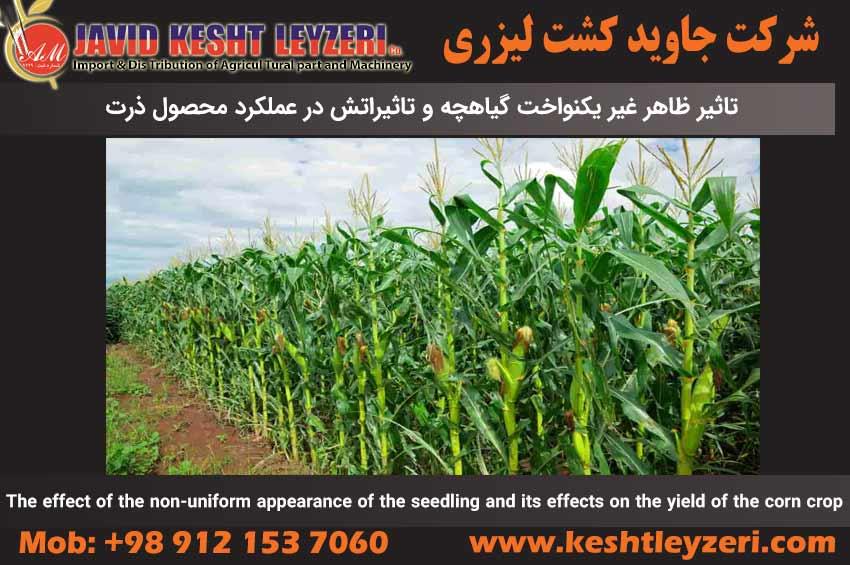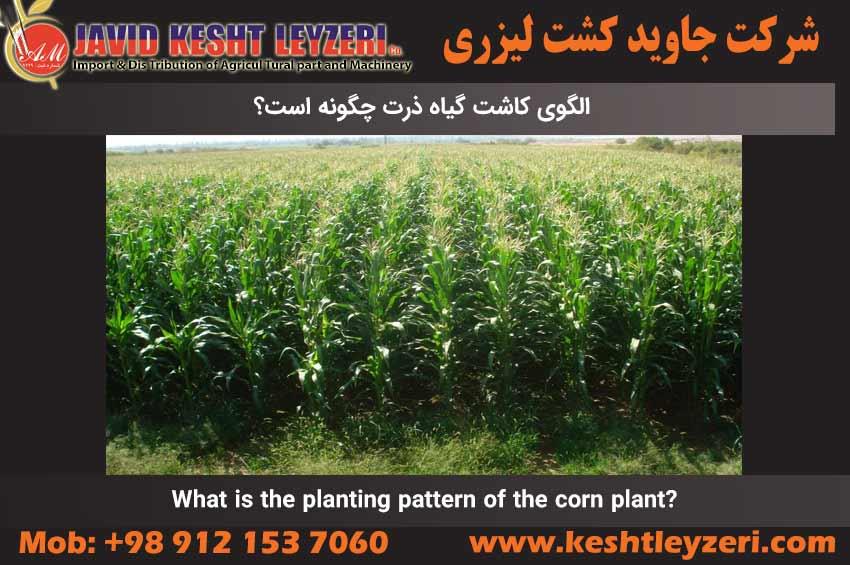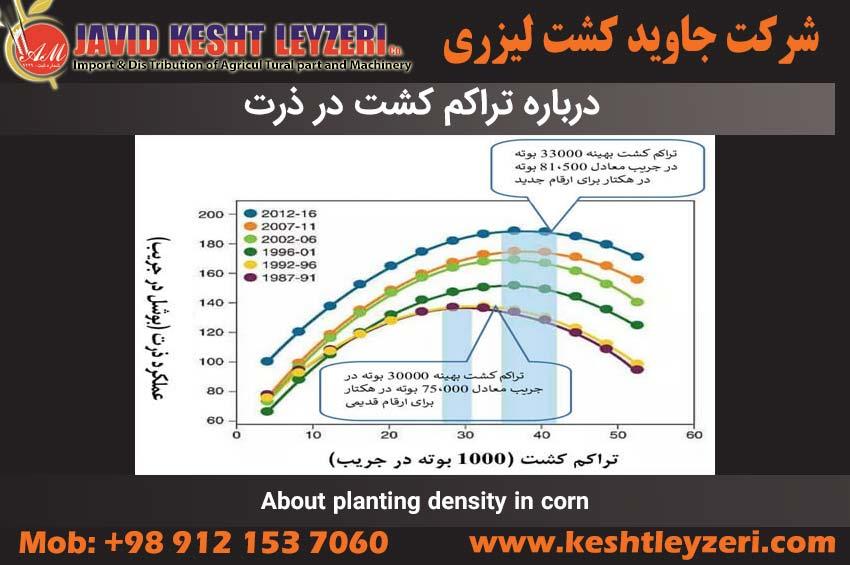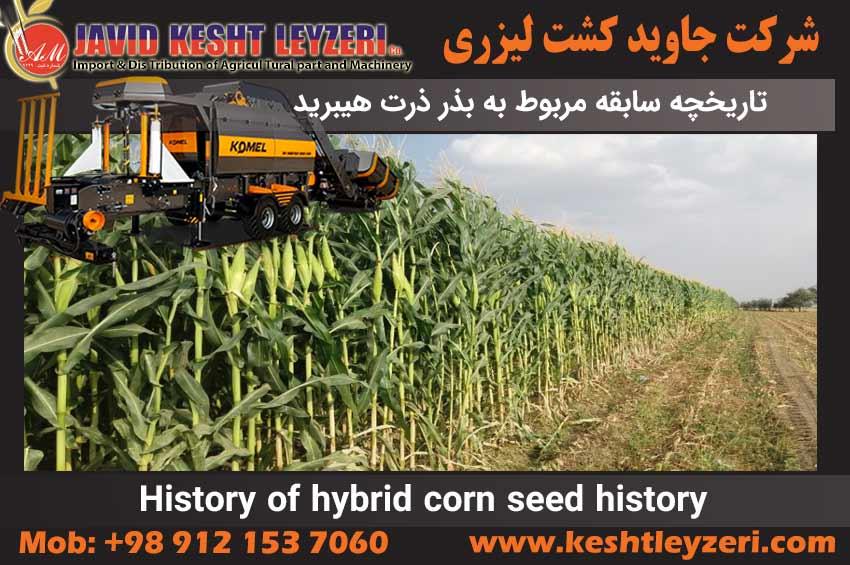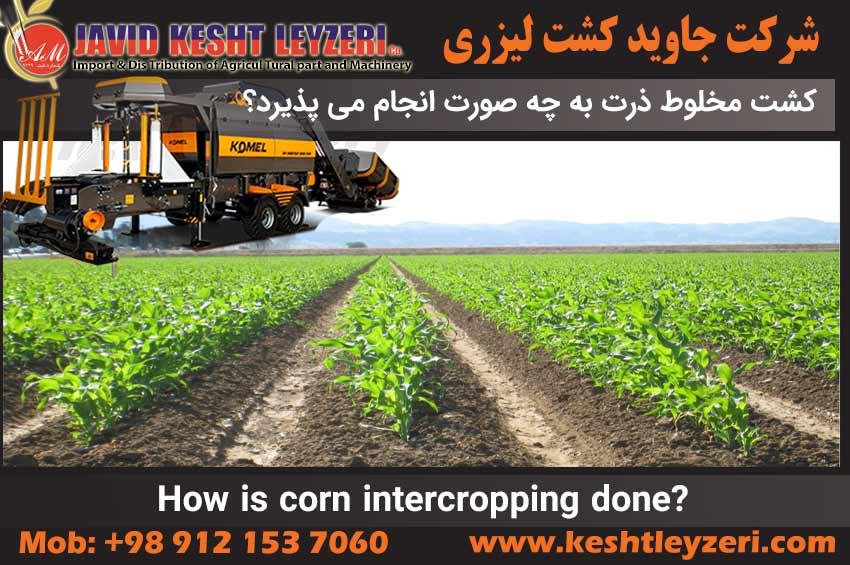- 17 Nov 2023
- 1420
How can the residues of corn plant be managed?
In Iran, most of the corn farmers add corn residues to the soil by tillage, and harvesting plant residues from corn fields is not common. However, in some areas, plant residues are harvested for use in silage or for preparing animal fodder, especially in years of fodder shortage.
- 13 Nov 2023
- 1076
What is the importance of soil organic matter in corn cultivation?
Organic matter in the soil plays an essential role in fertility, water holding capacity and overall strength of the soil. It is estimated that approximately 50% of soil organic matter in most soils was lost in the first 100 years after grasslands and savannahs were converted to agricultural land. Reducing soil erosion through methods such as conservation tillage is very important in soil conservation, saving billions of tons of topsoil, especially on vulnerable lands.
- 12 Nov 2023
- 1063
The effect of the non-uniform appearance of the seedling and its effects on the yield of the corn cr
Fields with non-uniform cropping density will usually have lower yield than fields with uniform cropping density, due to direct competition between plants in two different stages of growth next to each other. Because older plants usually outcompete younger plants for light, water, and nutrients
- 11 Nov 2023
- 2146
What is the planting pattern of the corn plant?
The corn plant performs best in tropical or temperate regions with sufficient light radiation. The type of soil suitable for planting corn is soft and relatively fertile soil with good drainage.
- 26 Oct 2023
- 1765
About planting density in corn
With the increase in the cost of corn production and the fluctuation of grain prices, much importance is given to the correct decisions of farmers in planting and observing density to maximize profits. The use of seeds is also of particular importance, because seeds comprise about 10% of the total cost of corn production.
- 24 Oct 2023
- 1561
History of hybrid corn seed history
Hybrid corn or hybrid corns are modified varieties of common corn (Zea mays). Hybrid corn came into being through the history of science in the 1930s. In this decade, scientists and engineers were interested in combining two types of corn subspecies in order to improve the performance of this plant. One of the problems related to ordinary corn is its hardiness and lack of resistance to diseases and pests induced by soil and weather problems. By combining two different genetics of corn (both in terms of genetics and appearance), the produced children not only experience resistance to diseases and pests, but also improve the performance and life of this plant. Today, hybrid corn is used as one of the important products in the agricultural industry in many countries. This plant has been favored by farmers due to its ability to better tolerate different climatic conditions and high yield.
- 23 Oct 2023
- 1280
How is corn intercropping done?
Maize is a very efficient crop in converting sunlight into biomass. Also, this plant consumes nutrients and fertilizers with high productivity and is an effective source of fodder for livestock.

